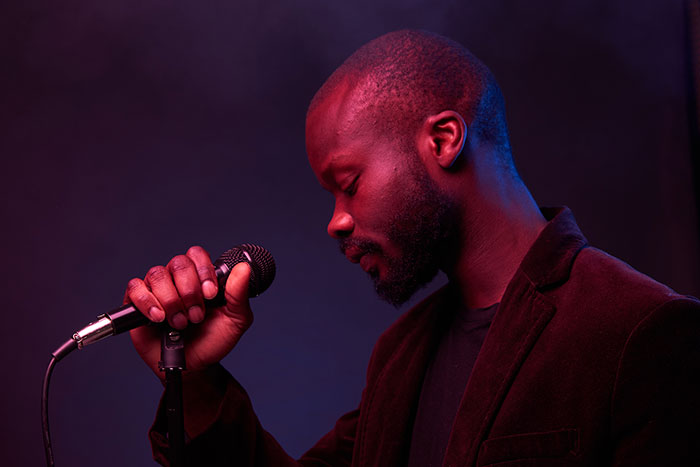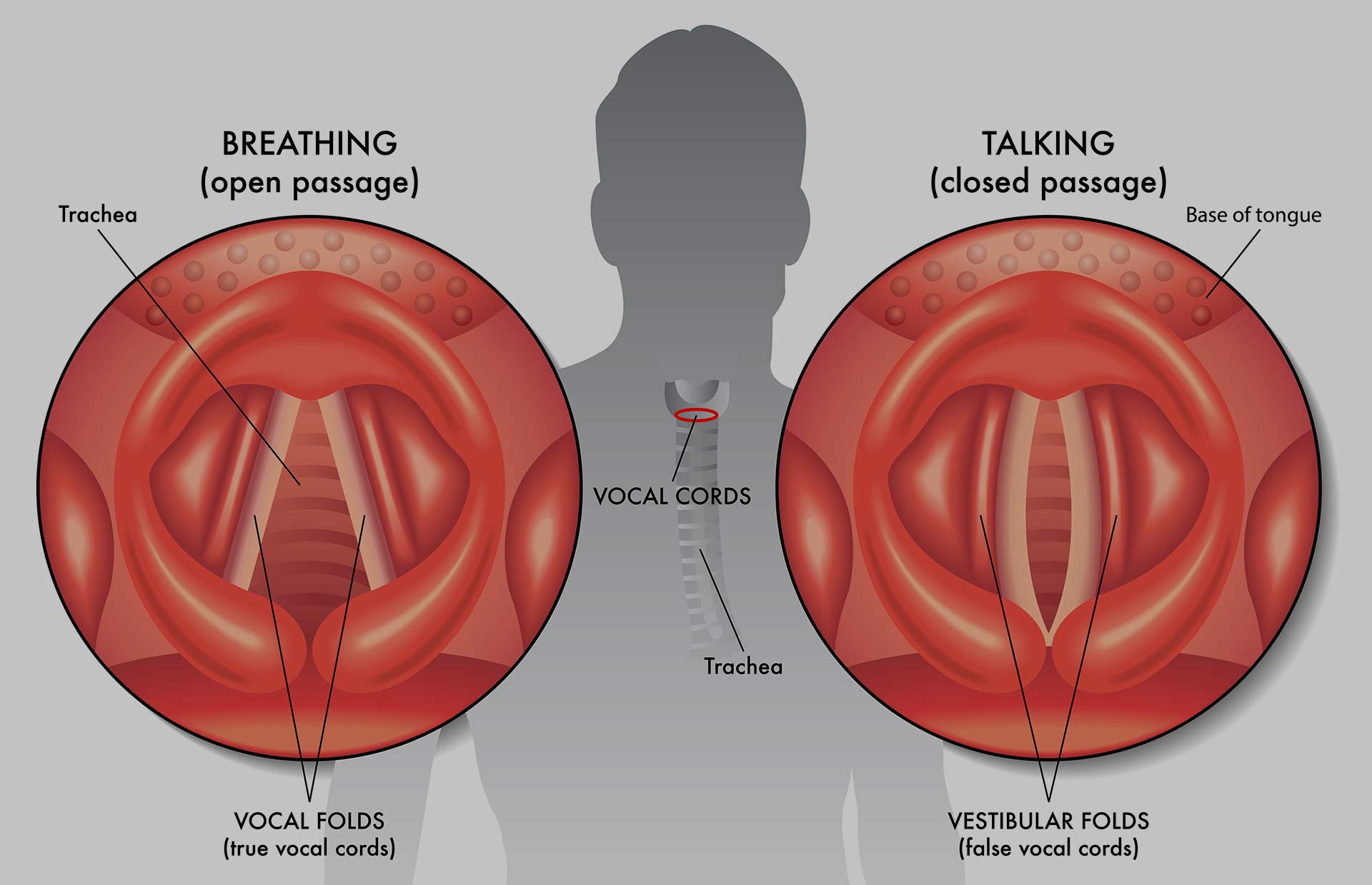Singing is a universal art form that crosses cultural and linguistic boundaries. It’s a complex and varied craft. Every person has a distinct voice, influenced by their vocal range, tone quality, and the most comfortable singing range. This applies to singers in all areas, including theatre, film, and television, where unique vocal qualities are especially valued.
The main voice types – soprano, mezzo-soprano, alto, tenor, baritone, bass, and countertenor – are determined by these characteristics.
What is your singing voice type? Find out with this simple process:
- Start with some basic vocal warm-ups like humming or gentle scales.
- A piano or a keyboard app on your phone can help you identify notes.
- Locate Middle C (C4) on the piano – a common starting point.
- From Middle C, sing down the scale one note at a time until you reach the lowest note you can comfortably sing.
- Then, starting again from Middle C, sing up the scale until you reach the highest note you can comfortably sing.
- The lowest and highest notes you can comfortably sing determine your vocal range.
- Regular practice can help you maintain and potentially expand your range.
Remember, your vocal range spans from the lowest to the highest note you can sing comfortably. It’s important to avoid straining your voice.
Now, let’s find out what your singing voice type is!
Soprano
The soprano voice, known for having the highest vocal range, plays a crucial role in various musical genres, including operas, musicals, and choir performances. While usually linked with female singers, including male sopranos adds variety to this vocal category.
Sopranos are appreciated for effortlessly hitting and holding high notes, an essential skill for expressing dramatic intensity and emotional depth in operatic roles.
One of the popular sopranos in today’s music industry is Ariana Grande, an American singer, songwriter, and actress regarded as one of the Pop icons with more influence in contemporary popular music. She has a four-octave vocal range that spans from a D3 to an E7 making her a Soprano. She is also noted for her whistle register.
To understand the soprano voice fully, it’s important to consider the keys typically associated with this vocal range. Sopranos typically find their vocal comfort in higher keys, like C4 and above, enabling them to navigate demanding melodies with clarity and precision.
Mezzo-soprano
Mezzo-sopranos, occupying a vocal range that falls between sopranos and altos, are distinguished for their resonant and warm tones. This vocal category showcases versatility across a wide array of musical genres, allowing mezzo-sopranos to take on diverse roles in operas and musical ensembles alike.
As they navigate through their vocal range, which typically extends from A3 to A5, mezzo-sopranos exhibit a unique ability to convey a spectrum of emotions with their rich and expressive singing.
Adele is a British singer and songwriter known for her amazing vocals and sentimental songwriting of Ballads. Her range spans from a B2 to a C6, making her a Mezzo-Soprano, although she is often mistaken for a contralto due to the application of a tense chest mix voice to reach the lower notes.
Contralto
The contralto voice type, often less commonly discussed than others, is a unique and deeply resonant female singing voice. It is the lowest female voice type, characterised by its rich, full sound and a vocal range that typically lies between the F below middle C (F3) to the second F above middle C (F5). However, some contraltos can sing even lower or higher.
Contraltos are known for the warm and dark timbre of their voices, which sets them apart from the brighter and lighter soprano and mezzo-soprano voices. This distinct quality allows them to excel in roles that require a sense of authority, gravity, or even masculinity – roles that are often dramatic and emotionally intense.
In modern music, the contralto voice can be heard in artists like Amy Winehouse who is often recognised for her unique vocal qualities. Amy Winehouse was a British singer and songwriter known as the “Queen of Soul”. She was also very well known for her deep and expressive vocals. Her vocal range spanned from a D3 to an Eb6, which made her a Contralto.
Tenor
The tenor voice, recognised as the highest natural male vocal range, is esteemed for its capability to deliver high notes with exceptional clarity and resonance. Tenors frequently assume leading roles in operas and musicals, showcasing their vocal prowess and ability to convey various emotions.
Within the tenor range, which typically spans from C3 to C5, these singers bring a captivating and distinctive timbre to musical performances, significantly impacting the overall sonic landscape.
An outstanding example of an exceptional tenor singer is Michael Jackson. He was widely known as the “King of Pop” in recognition of his significant influence on popular music and dance. His voice fell within the tenor range, spanning from Eb2 to Eb5, and he was recognised for his light and clear tenor vocals.
With his distinctive tenor voice, along with his extraordinary stage presence and charm, Michael Jackson became an unparalleled figure in the world of pop music. His ability to hit high notes with precision and emotion set him apart as one of the greatest artists in music history, leaving a lasting impact on the hearts of fans worldwide.
Baritone
Baritones, with a vocal range between the higher tenor and lower bass, showcase exceptional versatility by effortlessly navigating both high and low notes. This unique vocal quality positions them prominently across an array of musical styles, making them integral to the fabric of various genres. Within their vocal range, which typically extends from G2 to G4, baritones bring a harmonious blend of depth and flexibility, allowing them to assume crucial roles in opera and musical theatre productions.
In addition to their diverse vocal capabilities, baritones often find themselves in leading roles, adding a commanding presence to the dramatic narratives of operas and musicals. Their ability to convey a range of emotions, from passion to melancholy, contributes significantly to the overall impact of performances.
One notable example of a baritone with remarkable vocal talent is Freddie Mercury, whose commanding and versatile voice added a legendary dimension to the music of Queen and left an indelible mark on the world of rock and pop. Freddie Mercury was a British singer and songwriter who achieved worldwide fame as the lead vocalist and pianist of the rock band Queen. He was a clear example of a baritone voice with a vocal range that spanned from a F#2 to a G5. He is also known as one of the greatest voices of rock music due to the exceptional control of his singing technique.
Bass
Basses, with the deepest vocal range among males, contribute a sturdy foundation to vocal groups, imparting a resonant and authoritative presence. Typically spanning from E2 to E4, their ability to produce deep, sonorous tones adds richness to choral arrangements across different music styles.
In today’s music landscape, basses continue to be essential in various genres, including pop, rock, R&B, and a cappella. Their ability to produce deep, sonorous tones adds a layer of richness to choral arrangements and harmonies, making them a key element in creating the signature sound of many popular artists and bands. Whether it’s a soulful ballad or an upbeat chart-topping hit, basses provide the essential low-end support that elevates the music to new heights and connects with listeners on a profound level.
One iconic example of a bass with an unforgettable voice is Barry White. He was an American singer and songwriter known for his deep voice and romantic image. He was noted as one of the greatest exponents of R&B. His vocal range spanned from an F1 to an A4, which made him an undisputed bass.
Closing thoughts
So, what’s your singing voice type?
Understanding the various singing voices is crucial for singers to improve and discover their unique sound.
Whether you’re drawn to the soaring high notes of sopranos or the solid support provided by basses, each voice type brings something distinctive to music. Embrace your own voice, experiment with different styles, and explore the musical genre where your voice truly shines.
As you seek to enhance your skills and find your special sound, consider taking singing lessons, perhaps at the London Singing Institute, to further refine your abilities.
The world of music is diverse, offering a stage for every voice to be heard and appreciated. Take this opportunity to develop your talents and contribute your unique voice to the rich tapestry of musical expression.








